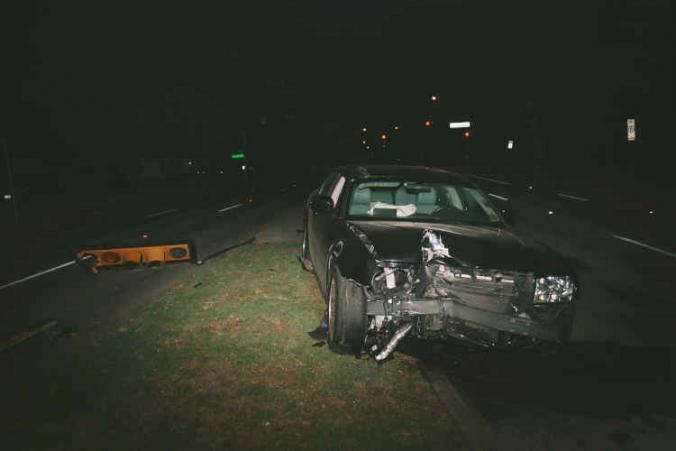In L&I claims, it’s sometimes challenging to identify the root cause for certain medical symptoms after a work injury. Many times, doctors write their initial diagnosis as a sprain or strain. It’s easy for them to just label L&I claim sprain in your file. But how does that impact your claim and condition?
Soft tissue work injury in L&I claims
We frequently see L&I claim sprain or strain diagnosis in chart notes in soft tissue injuries. These workplace injuries usually resolve quickly without permanent effects. As a result, medical treatment for sprains and strains is fairly basic. It involves rest, stretching, and over the counter pain medicine. It can also involve heat or ice to relieve pain, as well as physical therapy. However, sometimes symptoms do not improve. When this happens, the issue may be more severe. In those cases, providers may begin to consider other diagnoses. The process can involve additional diagnostic studies. It can also include more invasive treatment options such as injections or surgery.
In my experience, symptoms in certain areas of the body can be more diagnostically challenging than others. For example, I’ve seen diagnostic challenges happen when a work injury or occupational disease involves the neck or upper extremity nerves. Another area is the low back and hips. It seems that these areas are challenging because the symptoms could come from various sources.
Work injury involving neck and upper extremities
Some common upper extremity work injury or workplace disease symptoms involve numbness and tingling. They can also involve pain in the neck or arms with certain work activity or movement. It seems these kinds of symptoms come from some sort of nerve impingement. However, finding the nerves in question can be difficult. It can also be challenging to determine the level of impingement. For example, some swelling or inflammation could be temporarily causing the impingement symptoms.
Importantly, nerve impingement can be more permanent or severe if it’s coming from a workplace injury or work disease in the carpal tunnel or cubital tunnel. The same is true for a work injury in the middle or thoracic region of the back, or cervical region of the spine. In fact, the cause for the symptoms can sometimes be impingement in multiple areas. Of course, providers can perform a variety of clinical and diagnostic tests to help determine the origin. Yet, the diagnostic and treatment process can be long and frustrating for work injury claimants.
Low back and hips in L&I claim
Another region that can have diagnostic challenges is the low back and hip region. Pain in the low back radiating into a hip or down the leg can come from nerve impingement in the low back (i.e., sciatica). Other reasons can be dysfunction in the sacro-iliac (SI) joint or dysfunction in the hip joint. Additional examples include a tear in a supporting tendon or ligament (such as the labrum).
A traumatic work injury or occupational disease might injure or impact both the low back and the hip. In fact, I’ve seen situations where a work injury claimant doesn’t realize their hip is hurting until their back treatment completes successfully (and vice versa). Sadly, it can be very frustrating to undergo treatment to resolve your symptoms, only to have it reveal other symptoms that were not apparent before.


